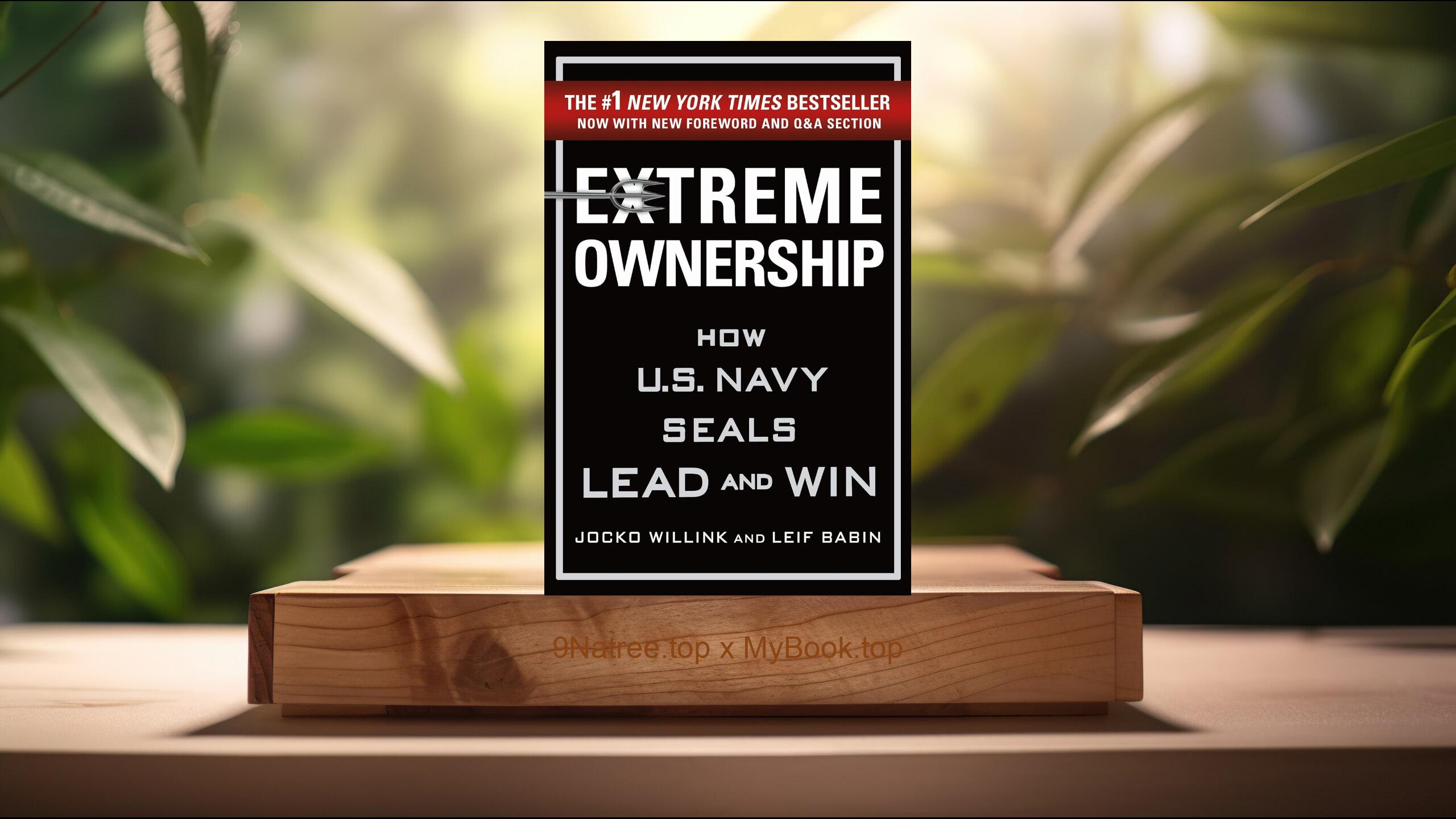Show Notes
- Amazon Books: https://www.amazon.com/dp/B00B6U63ZE?tag=9natree-20
- Apple Books: https://books.apple.com/us/audiobook/summary-michael-d-watkins-the-first-90-days-proven/id1124533356?itsct=books_box_link&itscg=30200&ls=1&at=1001l3bAw&ct=9natree
- eBay: https://www.ebay.com/sch/i.html?_nkw=The+First+90+Days+Updated+and+Expanded+Michael+Watkins+&mkcid=1&mkrid=711-53200-19255-0&siteid=0&campid=5339060787&customid=9natree&toolid=10001&mkevt=1
- Read more: https://mybook.top/read/B00B6U63ZE/
#LeadershipTransition #StrategicLearning #EarlyWins #BuildingNetworks #OrganizationalChange #NegotiationStrategies #SituationalAwareness #LeadershipDevelopment #TheFirst90DaysUpdatedandExpanded
These are takeaways from this book.
Firstly, Self-Diagnosis and Situational Awareness, Watkins emphasizes the importance of self-diagnosis and situational awareness as crucial initial steps for a smooth transition. Leaders are encouraged to conduct a thorough self-assessment to understand their strengths and weaknesses and to gain clarity on how these can align with the needs of the new role. Furthermore, situational awareness involves analyzing the business context and the specific needs of the organization. Understanding the market conditions, organizational culture, and team dynamics allows leaders to tailor their approach effectively. Watkins provides frameworks such as SWOT analysis to help leaders evaluate their situation comprehensively, ensuring that they make informed decisions and adapt their leadership style to meet organizational demands.
Secondly, Accelerate Learning, Accelerating learning is central to Watkins' strategy for the first 90 days. He posits that a key element of successful transitions is the leader’s ability to quickly absorb crucial information about the new role and organization. This involves understanding the business processes, mastering the organizational structure, and getting to know the team. Watkins suggests techniques like targeted learning plans and leveraging organizational insiders to facilitate this rapid learning process. By focusing on critical areas of knowledge and asking the right questions, leaders can significantly shorten their learning curve and make effective decisions faster, setting the foundation for early wins and sustained success.
Thirdly, Securing Early Wins, Securing early wins is a strategy that Watkins highlights as essential for building credibility and gaining momentum in a new role. Early wins are strategically chosen initiatives that can be achieved within the first few months and have a significant positive impact on the organization. These wins help establish the leader’s competence and reliability, creating a strong platform for longer-term initiatives. Watkins advises leaders to identify quick wins that align with the organization's strategic goals and to prioritize projects with visible outcomes. Such achievements not only bolster the leader’s reputation but also motivate and rally the team around shared goals.
Fourthly, Strategic Alliances and Networks, Watkins discusses the critical role of building strategic alliances and effective networks within and outside the organization. Creating a solid network of relationships is vital for gathering support, gaining insights, and facilitating change. Leaders are encouraged to identify key stakeholders and influencers early on and to develop strong relationships with them. Watkins offers practical advice on networking strategies, such as how to identify potential allies, the importance of reciprocity, and ways to maintain these relationships over time. By leveraging these networks, leaders can secure the backing needed for their initiatives and navigate organizational politics successfully.
Lastly, Negotiating Success, ‘Negotiating Success’ is a compelling topic where Watkins advises leaders on how to effectively negotiate terms of success in their new roles. This involves setting clear expectations with superiors about what success looks like and the resources required to achieve it. Watkins stresses the importance of having upfront conversations about results, timelines, and support, thus avoiding misaligned expectations that can lead to failure. He presents strategies for advocating for oneself while maintaining a collaborative attitude, ensuring leaders are set up for success from the onset. This approach not only facilitates a smoother transition but also aligns the leader’s goals with the broader objectives of the organization, fostering a culture of transparency and accountability.
![[Review] The First 90 Days, Updated and Expanded (Michael Watkins) Summarized](https://episodes.castos.com/660078c6833215-59505987/images/1758412/c1a-085k3-9248p37ns2vn-5tke0p.jpg)




